As athletes participating in outdoor sports and training year-round, we have to find ways to cope with the cold at this time of year.
Alongside our basic hardiness, there are numerous strategies we can employ, with the main one being the kit we wear. So with that in mind, here are just a few pointers on what winter running gear to wear so you stay warm and toasty, no matter what the elements are doing...
What running gear do you need in winter?
When the temperature starts to drop, it's time to start thinking about the extra kit you need to wear to stay safe and comfortable.
Exactly what you'll need to wear will vary from person to person, as we all feel the cold differently and some people tend to warm up a lot more than others when exercising.
However, there is a core method to staying warm and comfortable in cold conditions, and that's layering.
By having an arsenal of winter running gear available to you, you can pick and choose what you need depending on conditions. So what exactly should be in your kit cupboard?
Running base layer
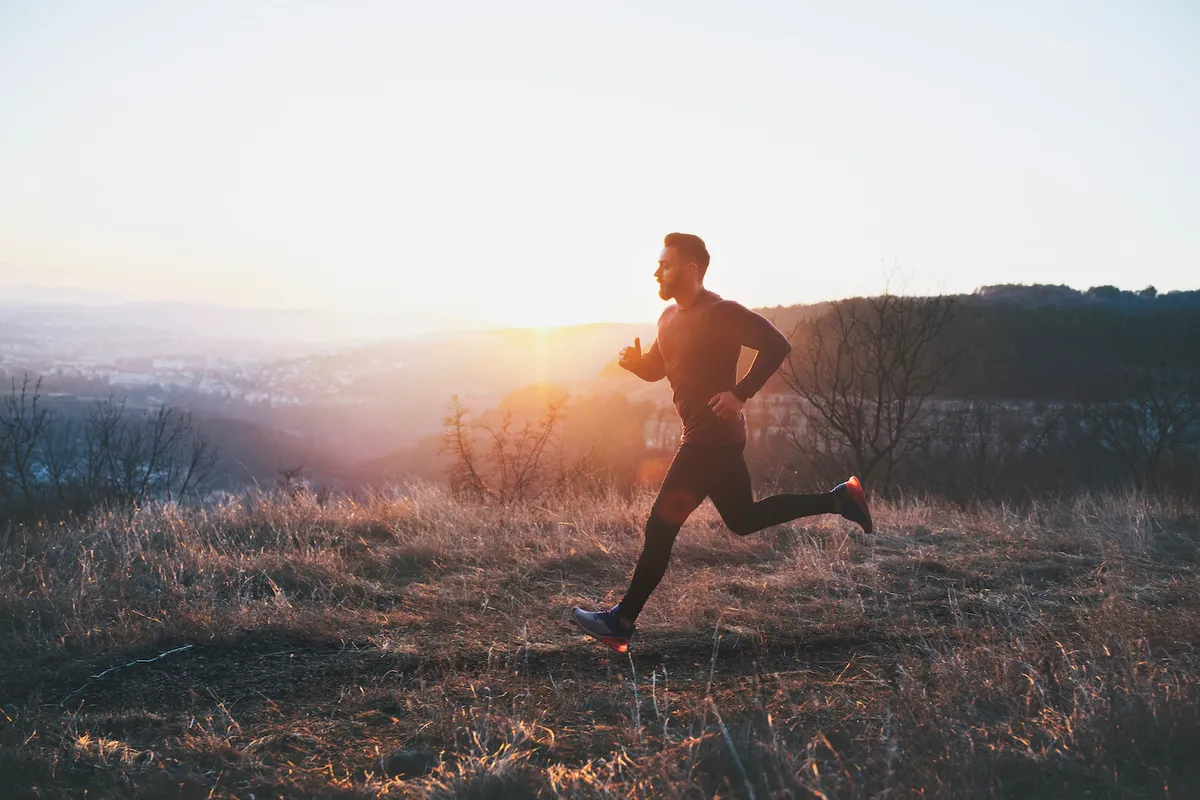
The first investment you should make is a running base layer. This sits next to the skin and is designed to wick moisture (perspiration) away, while adding additional warmth by trapping heat as it leaves your body.
For winter base layers, you'll find garments made of synthetic fibres (such as polyester), natural fibres (merino wool) or a combination of both. We prefer the latter, as it'll combine the benefits of synthetic (durability, moisture wicking) with the benefits of merino (high warmth-to-weight, warm when wet, naturally anti-microbial).
It also needs to be lightweight and relatively tight-fitting to avoid sweat pooling on the skin beneath it, so avoid cotton, as it tends to hold moisture next to the skin long after you finish sweating, increasing heat-loss exponentially.
Winter running base layers typically feature long sleeves and often utilise a higher collar. If this is the case, we always like to see a neck zip, as it helps you regulate your temperature and dump heat if you feel too hot.
Depending on temperatures and how much insulation your base layer offers, you can wear it on its own or underneath your standard running top.
Our recommendation: Montane Dart Thermo Zip

Given what we've just discussed, the Montane Dart Thermo Zip top is a base layer that we'd certainly recommend.
You can read our full review of it here, but in short, it's super comfortable, with long arms and a high collar to maximise coverage.
The material is soft against the skin and we experienced zero irritation against the skin, while the fit is close and true-to-size.
Moisture management is another plus point, while we also love the fact that it has a quarter-length zip, which is ideal for venting and regulating your temperature if you get too hot.
Running tights or leggings
If it's getting too cold for you to run in just shorts, it's time to turn to some running leggings or tights. Most can be worn underneath shorts or on their own and many tend to have handy features such as a zip pocket on the waistband and a zip on the lower leg to help you get them off/on or ventilate.
Like your base layer top, tights need to fit closely to the skin, wick moisture away effectively and have enough stretch that they don't hinder range of movement.
The benefit of wearing tights is that, not only will you feel more comfortable, but your muscles will stay warmer too, which is better for performance and injury prevention.
Our recommendation: Trimtex Element Tights
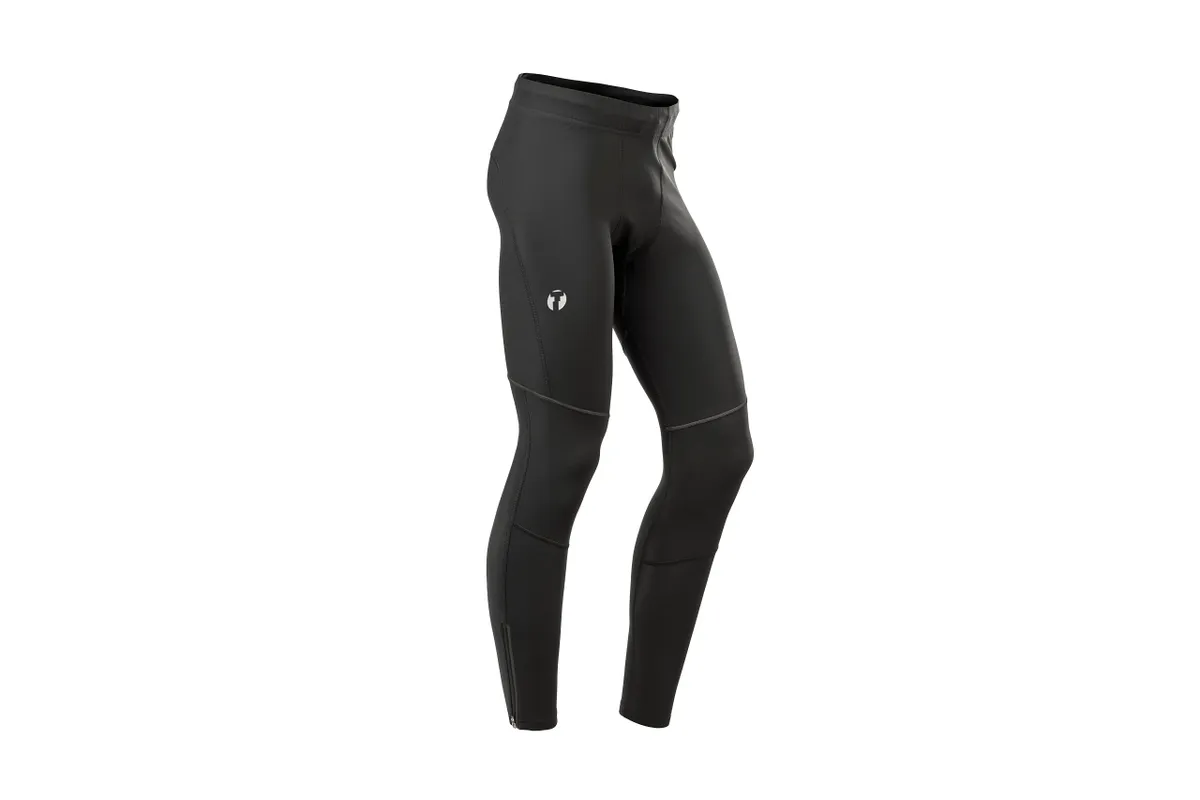
These tights from Trimtex have been tested in Norway which, given the harsh conditions often experienced there, represents quite the proving ground.
In our review of the Element Tights we praised them for delivering exceptional comfort (in part thanks to the soft material and flatlock seams) and great moisture wicking.
They proved warm and comfortable too, with the waistband and drawstring helping deliver a good fit.
We found them to fit true-to-size and they sat flush against the skin, allowing an unhindered full range of movement.
Gloves
No matter how hardy you are, you'll probably want to stick those digits into a pair of running gloves at some point this winter particularly if you suffer from chilblains. Start with a lightweight pair and see how you get on. If you need more insulation or protection, you can then add a pair of mitts over the top.
If you know your hands get cold when running through winter, consider opting for a thicker pair, or a pair that uses a wind or water-resistant membrane.
Our recommendation: Inov-8 Train Elite Gloves

These gloves from Inov-8 are comfortable and fit true to size, which is the foundation of any decent pair of running gloves.
They also provide a decent amount of warmth and, while they're not classed as windproof, they actually did a good job of keeping the worst wind chill at bay.
Thankfully, they're lightweight and packable enough to chuck into a pocket if you end up overheating, and due to their low bulk would also work well under a pair of mitts if you needed to add some extra protection on your runs.
Plus, they're affordable, too, making them a great option to get you through winter.
Running mid layer
A winter base layer and another running top over the top should suffice for most, particularly if you're pairing it with running tights or other accessories like we've discussed here.
But if those layers just aren't doing enough, it's time to invest in a mid layer. These typically come in the form of a fleece-type fabric, but an insulated jacket is an alternative option in more extreme weather.
Like the base layer, for sporting purposes your mid layer needs to be lightweight and tight fitting. The insulation layer traps warm air between itself and your base layer, but should also be breathable and allow moisture to pass through it.
Aside from insulating mid layers, you may also want to consider a windproof layer, which'll typically shed cold breezes and light rain while remaining more breathable than an out-and-out waterproof option.
Waterproof running jacket
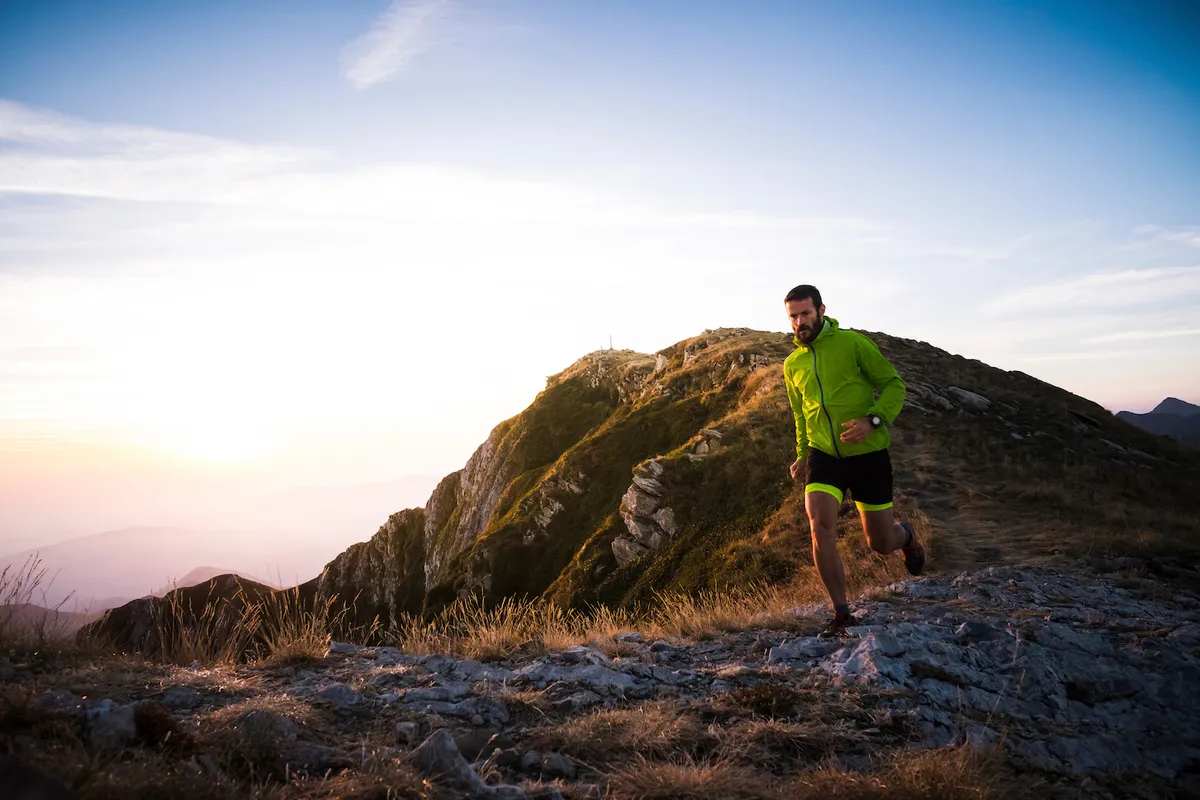
Speaking of which... a waterproof running jacket should keep out the rain and help trap warm air among your other layers. However, it also has to be breathable and provide opportunities to regulate your temperature, otherwise you'll end up getting drenched anyway, but from sweat.
Given that, we like to see vents, either in the form of mesh pockets or pit zips. Velcro cuffs and toggles on the hem and hood will help keep the elements out while keeping warm air in, and a zip pocket is always welcome for stashing essentials.
Other features we like to see are a two-way zip and an attachment behind the zip by the chest, which allows you to unzip the jacket but clip it together at a singular point instead, thus keeping out the worst of the rain but allowing you to vent and cool down.
Reflective detailing or a bright design are also useful for helping boost your visibility in low-light conditions.
Our recommendation: Montane Spine Jacket
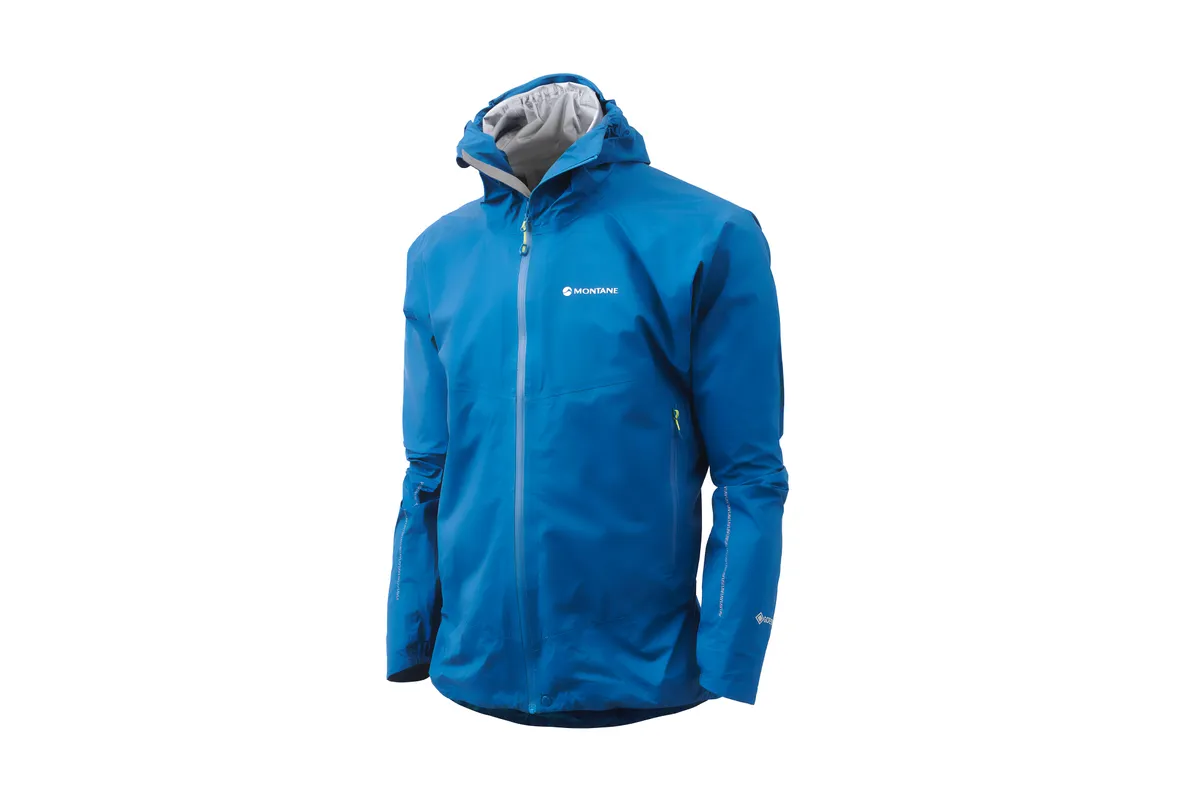
Montane is an expert when it comes to designing gear for tough environments, with a huge range of hiking, mountaineering and trail running kit on offer.
We gave the Spine Jacket a glowing review last year so it's our recommendation here. A Gore-Tex membrane ensures weather-proofing, there's plenty of features (including two pockets, an adjustable hood, reflective detailing) and it looks good, too.
Better yet, it has that all-important clip behind the zip, allowing you to run with the jacket open, but fastened, thus keeping off the worst of the rain while ensuring you don't overheat.
Neckwear
It takes up hardly any space but a neck tube or Buff is versatile and packs a punch. You can wear it around your neck to keep the chill off your skin, over your mouth to help avoid it drying out or on your head to help keep heat in.
While Buff is the original manufacturer of this type of accessory, most designs across brands are very similar, though they'll vary in their moisture wicking abilities, material and the weight of the fabric.
Heavier ones, which often use a fleece material or merino wool, will be warmer, while thinner ones tend to be slightly more breathable and wick moisture better. Personally, we've never needed a thick neck tube, but if you regularly run in sub-zero temperatures then it may be beneficial.
Our recommendation: Buff Original EcoStretch

Buff is the creator of neck tubes and the Original EcoStretch is one of the brand's most versatile options.
There are dozens of designs to choose from, it uses recycled materials and is super comfortable. Plus, it wicks moisture away well and offers protection against the sun (UPF 50). What's not to like?
Running hat
In our experience it has to be damn cold for us to stick a winter running hat on, as they do such a good job of keeping us warm. If it's sub-zero and you have a lack of hair (like this writer), it'll certainly be a welcome addition to your wardrobe, though.
When choosing, look for something that's warm, comfortable, has minimal (if any) seams, but isn't too thick. Ideally it'll also be lightweight and packable so you can chuck it in a pocket if you start overheating.
Winter running shoes
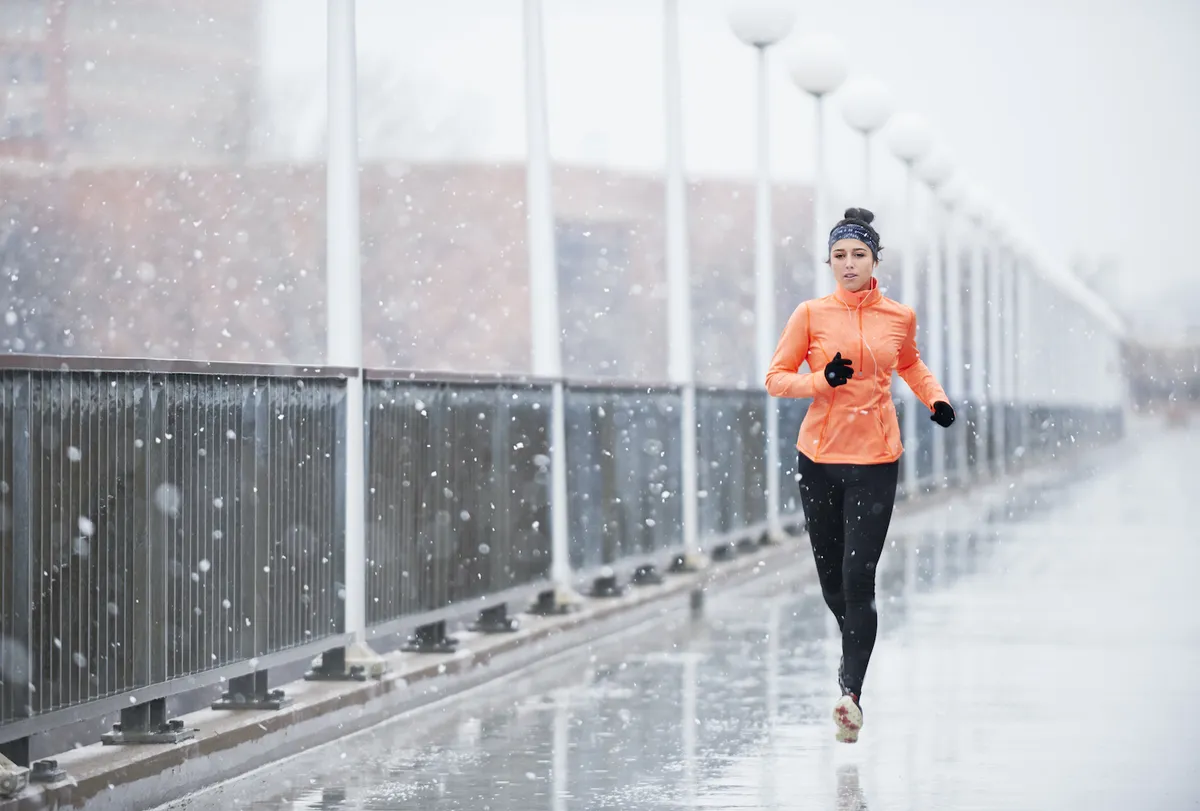
Sure, you can absolutely get by through winter with the same pair of mile-munching road shoes you've been using year-round. You just might want to invest in a warmer pair of socks.
However, if your regular routes turn into a leaf-covered, slippery mud bath, or you're looking to make the most of the gains you can make by going off-road, consider a pair of dedicated trail running shoes. Some are even designed specifically with a combination of road/trails in mind.
When picking trail running shoes, consider the terrain you'll be running in, as this will inform how aggressive you need the lugs on the outsole to be. You'll also want to think about how supportive they are, how much cushioning is on offer (this can affect ground-feel) and how much protection is on offer from the terrain.
If you're sticking to the road, but want extra protection from the elements, a pair of waterproof running shoes may be worth considering. Be warned, though, while they may stop rain from seeping through, they can end up quite sweaty inside.
Finally, if you do suffer with the cold it might be worth buying a pair of shoes half a size bigger than usual so you can wear two pairs of socks or wear a thicker pair of socks. Have two pairs of shoes on the go so that one set can be drying out (stuffed with newspaper) slowly while you’re using the other pair.
Head torch
It's all well and good wrapping up so you're warm and comfortable, but if you can't see where you're going or, vitally, if cars can't see you, then you're in for a world of trouble.
That's why a running head torch is an essential addition for any winter runner. We like options Get a head torch and red LED lights for running in the dark.